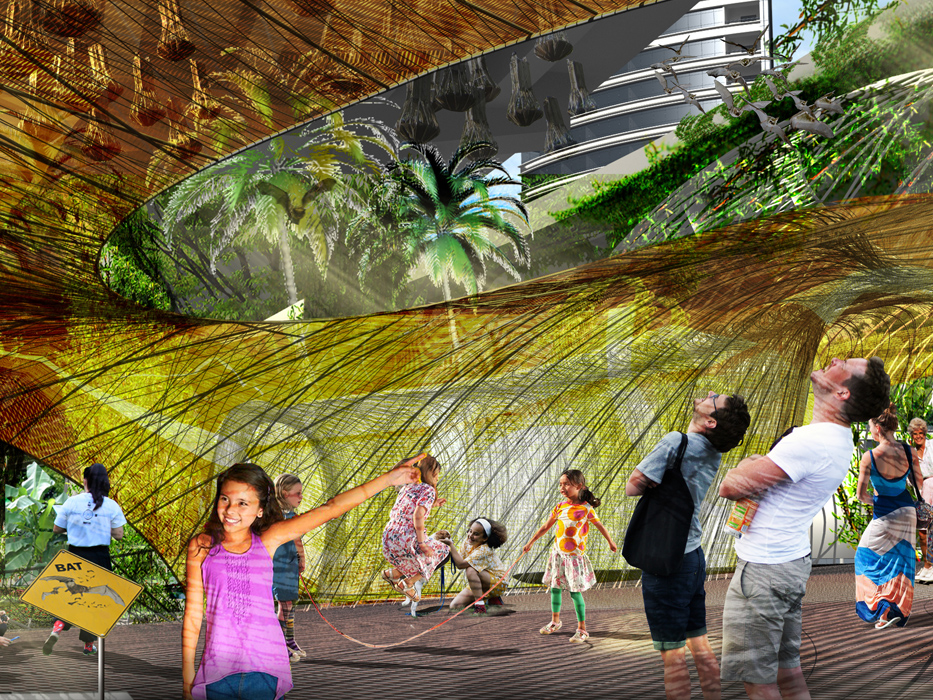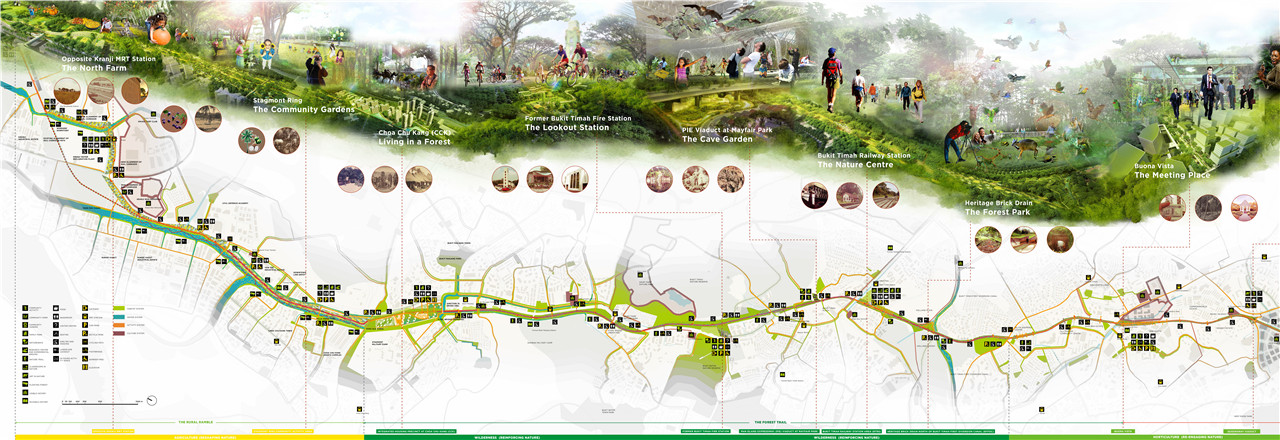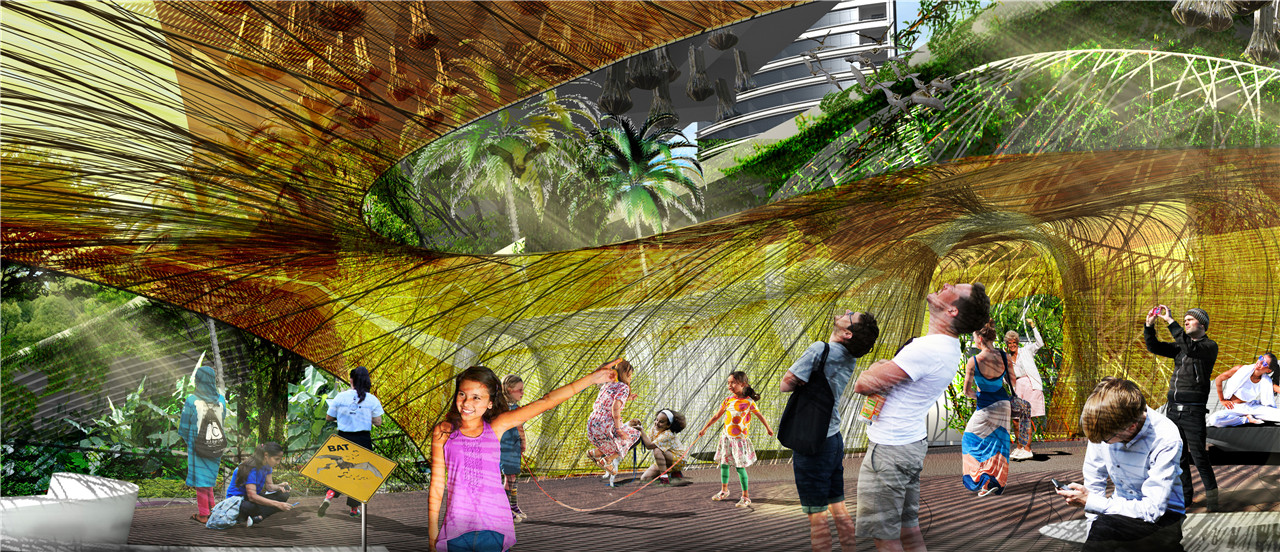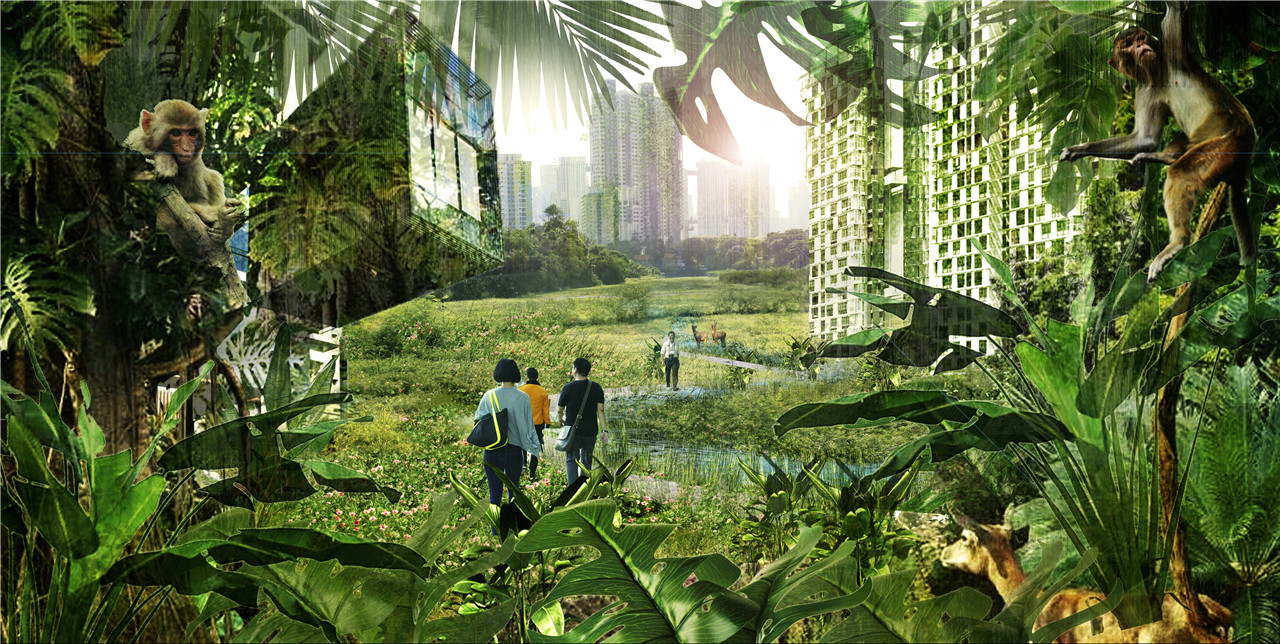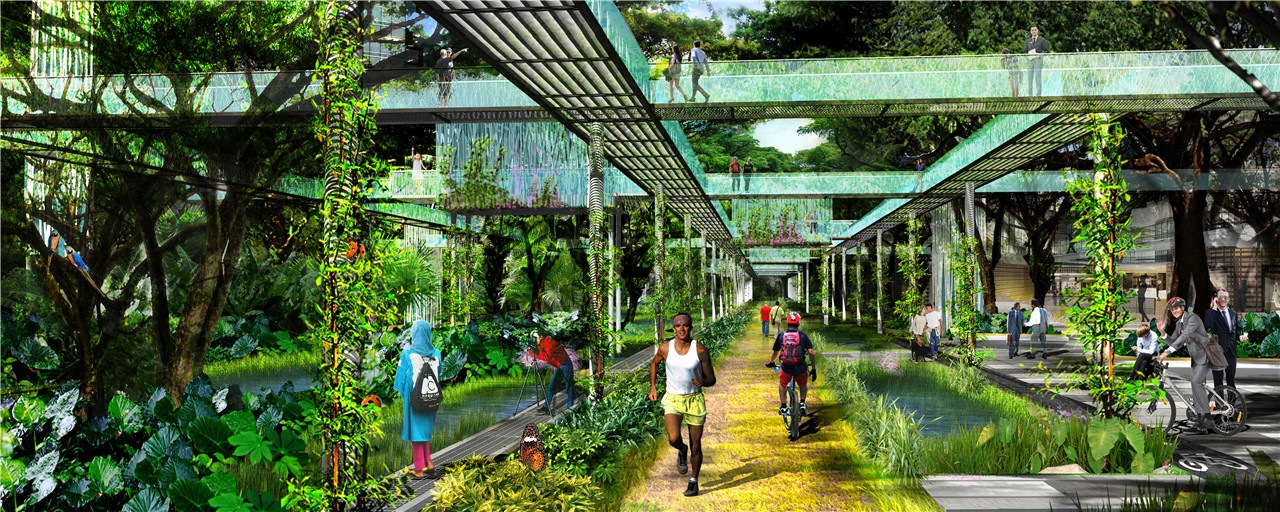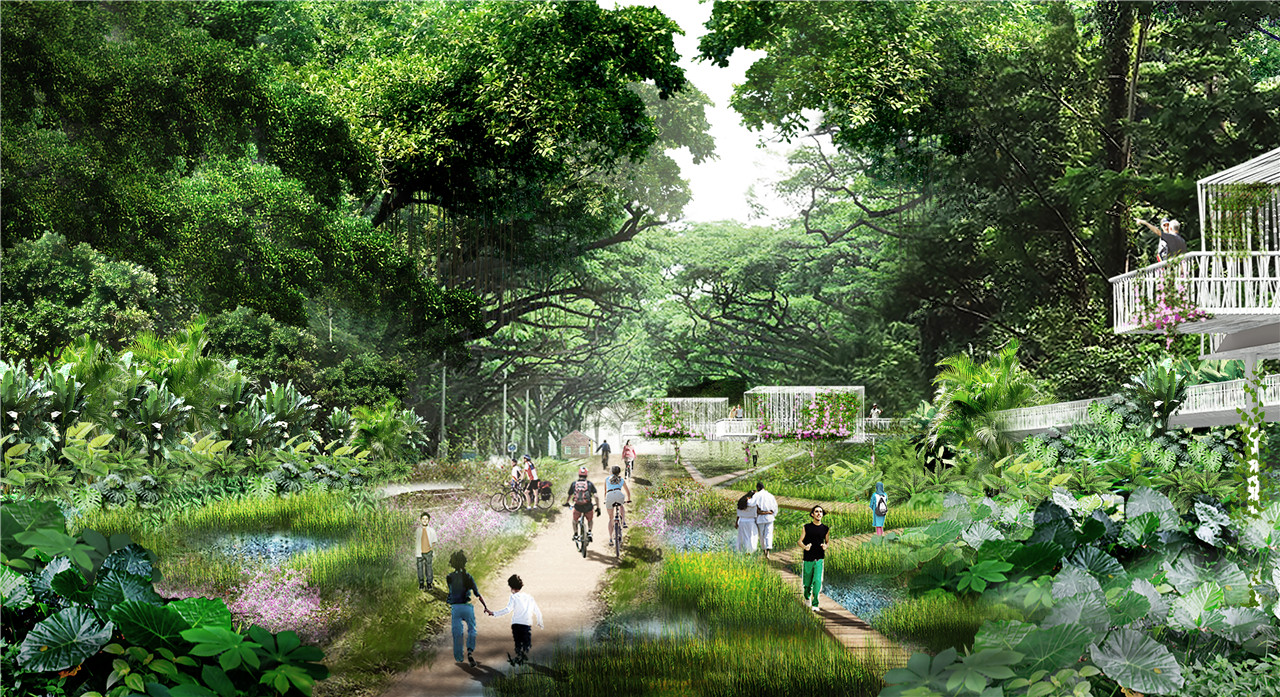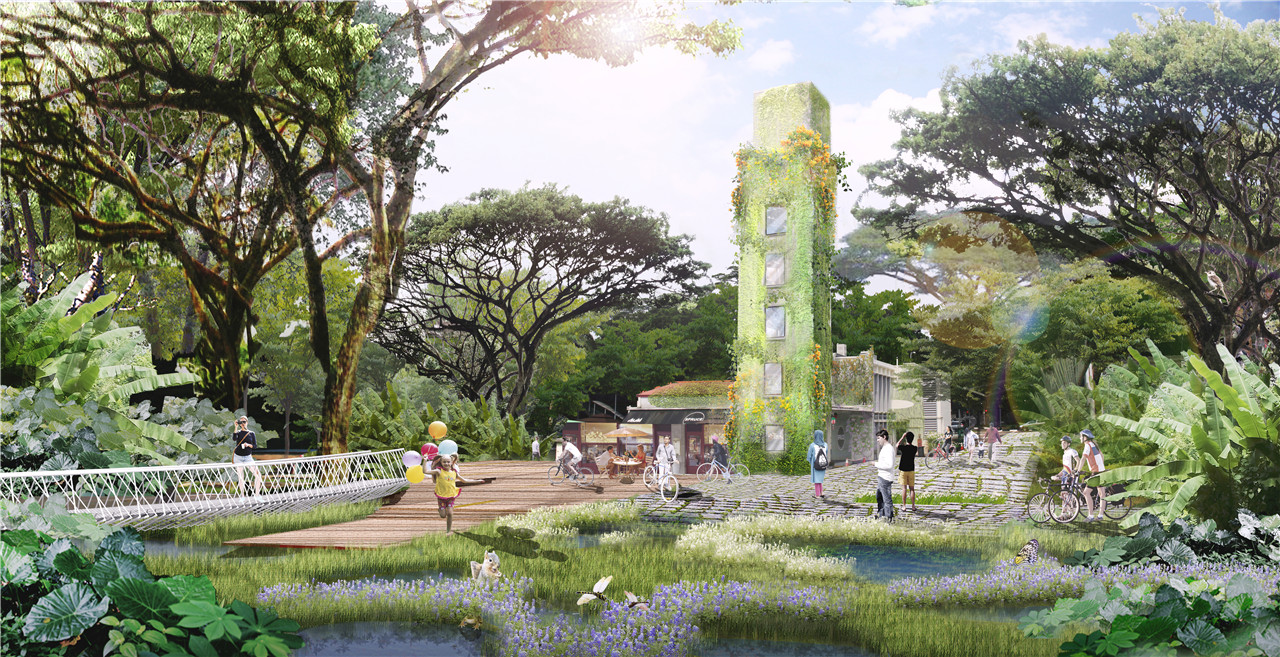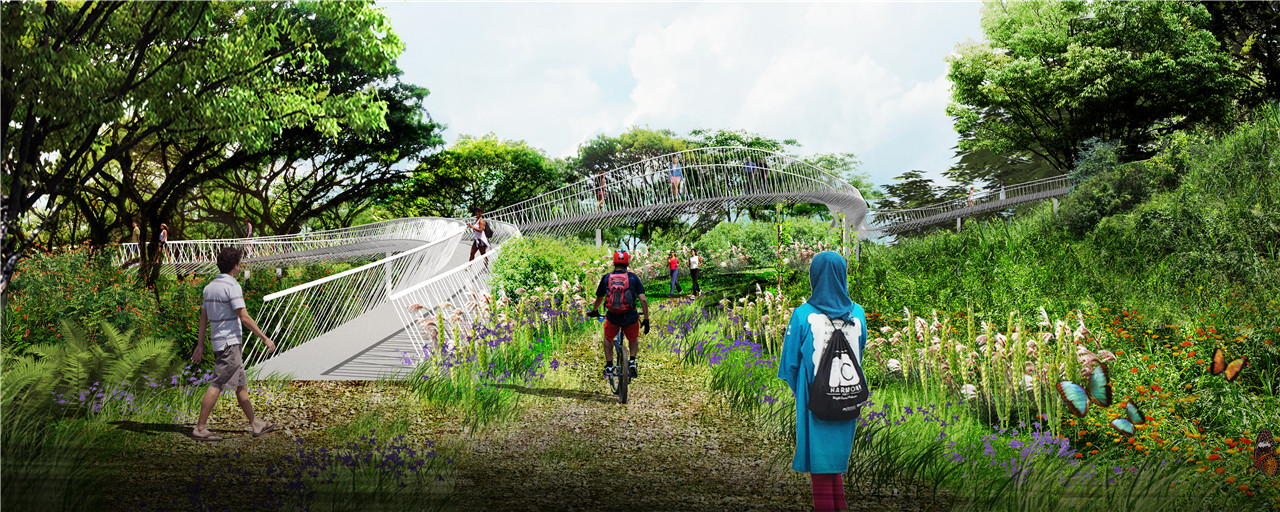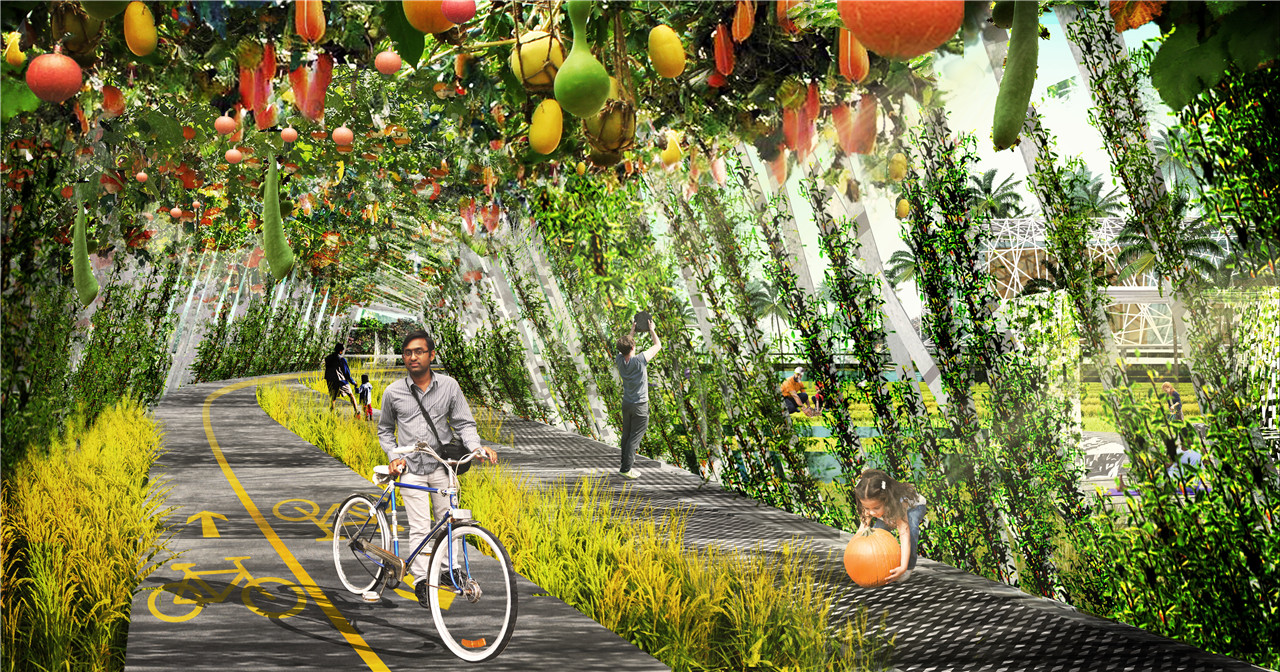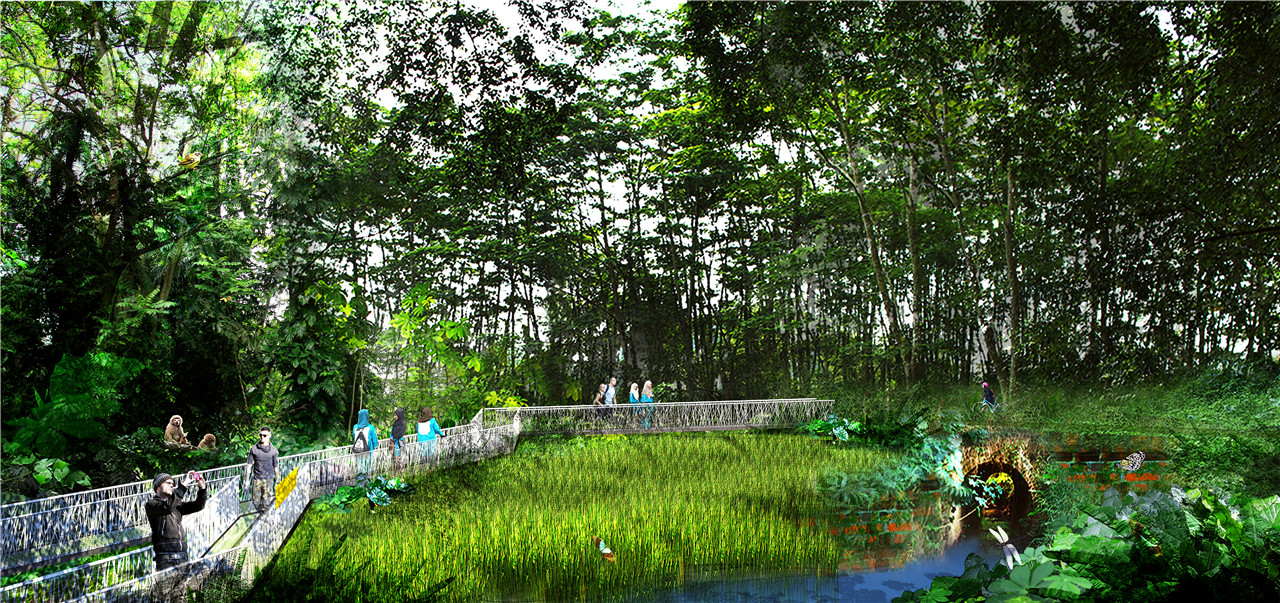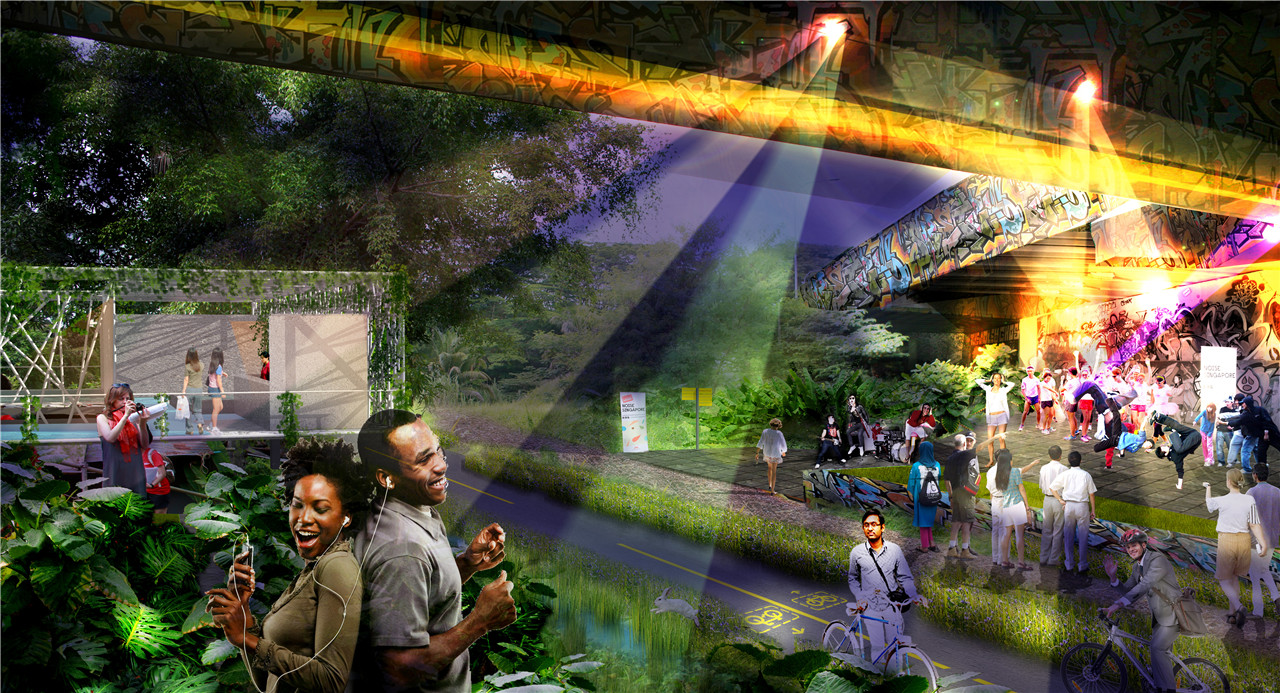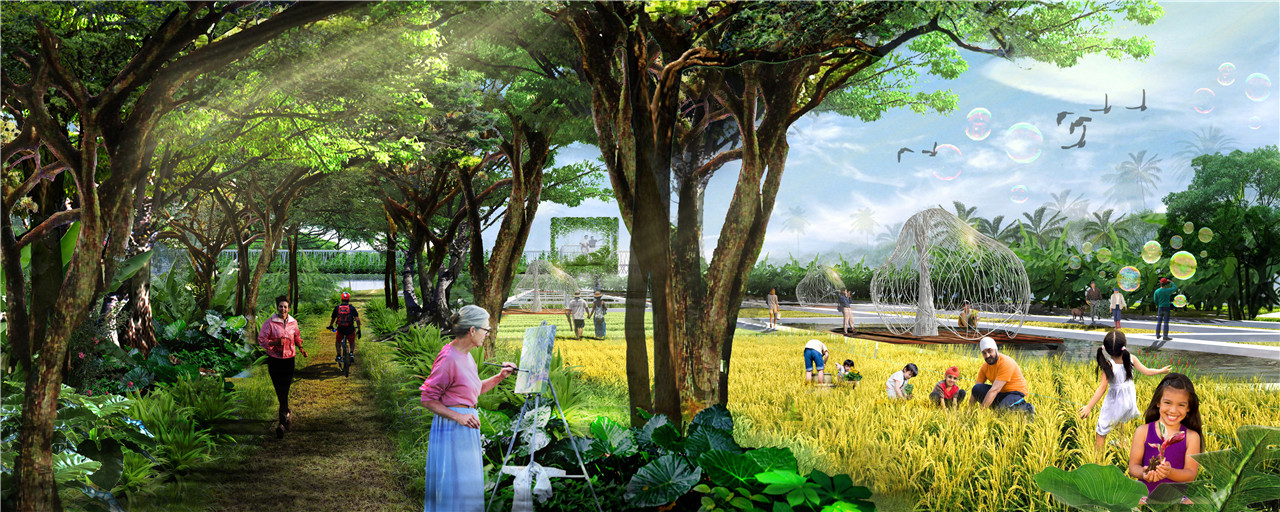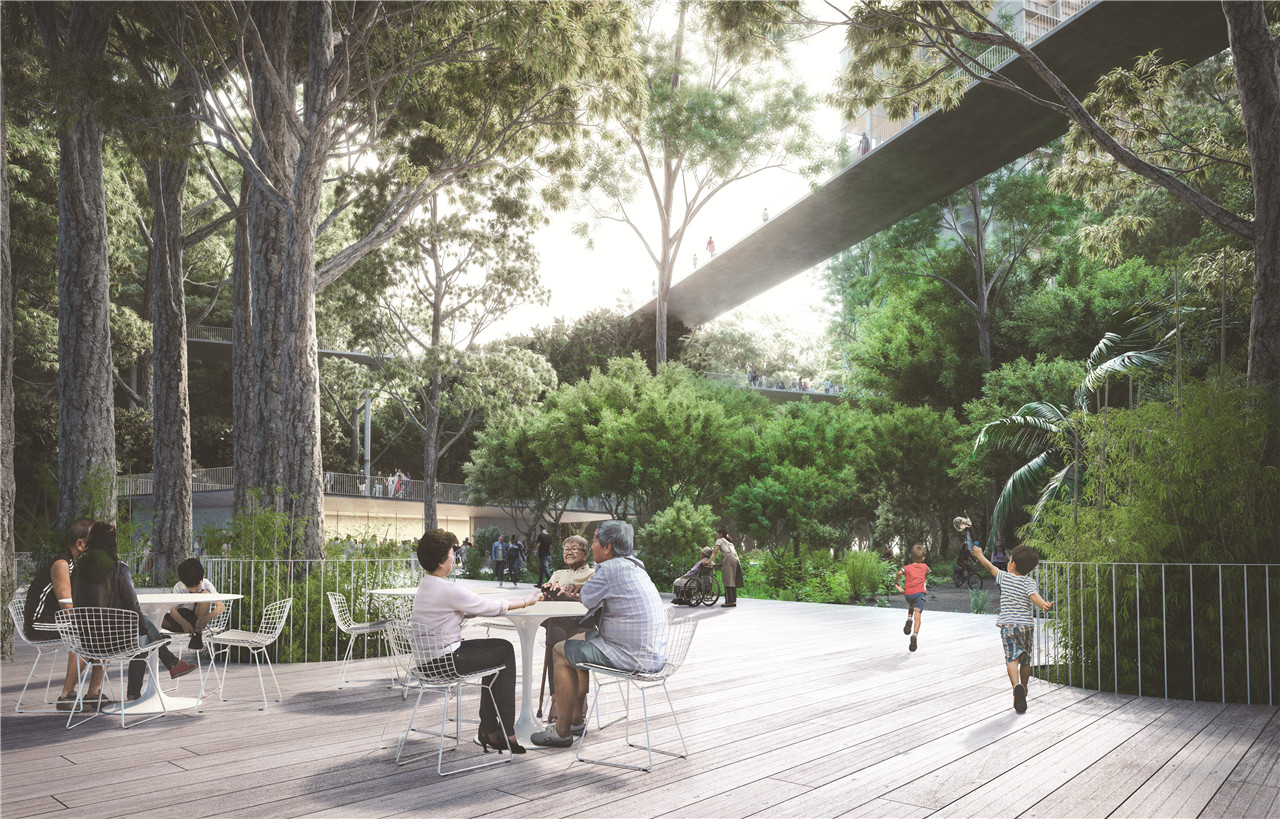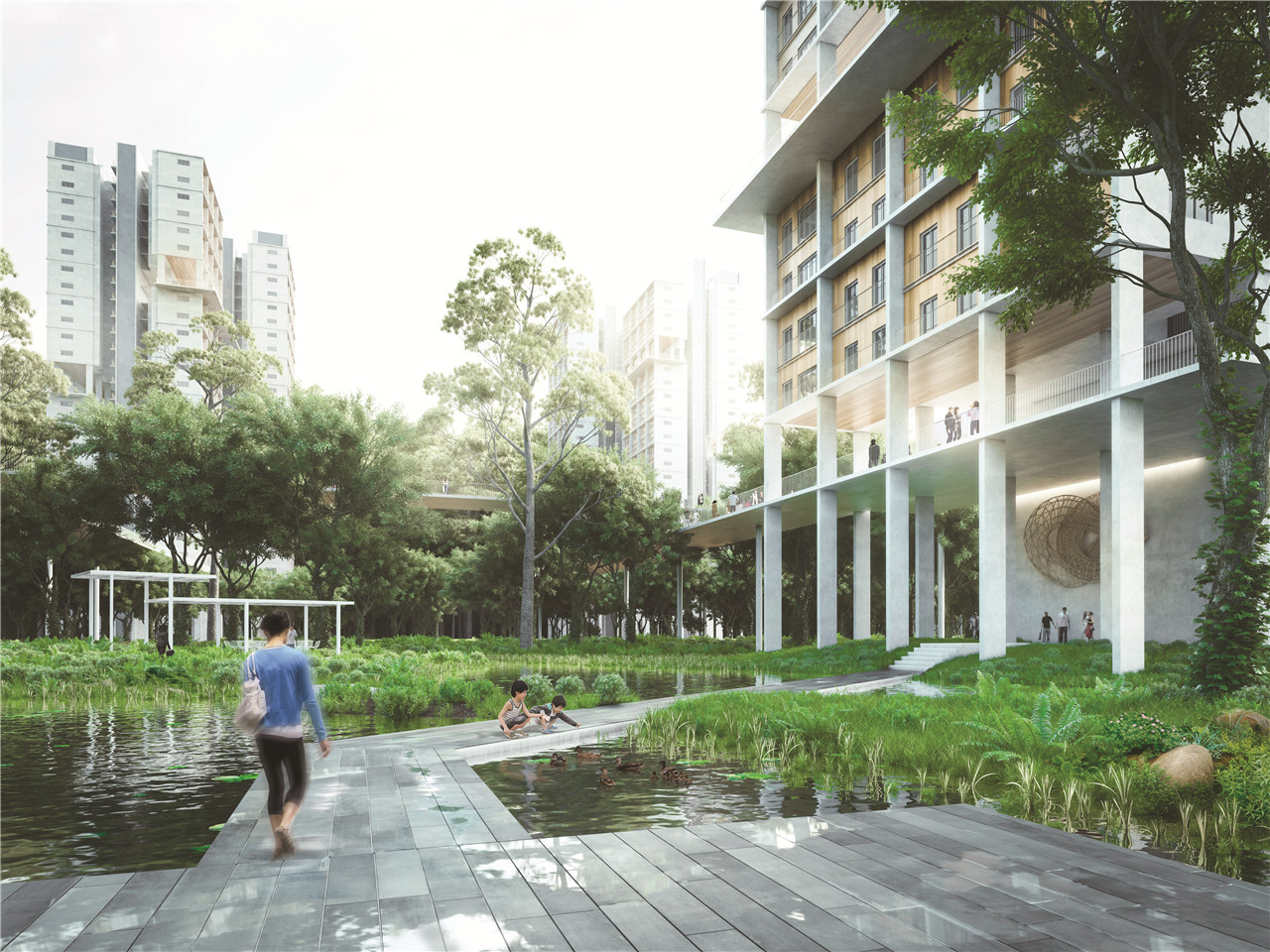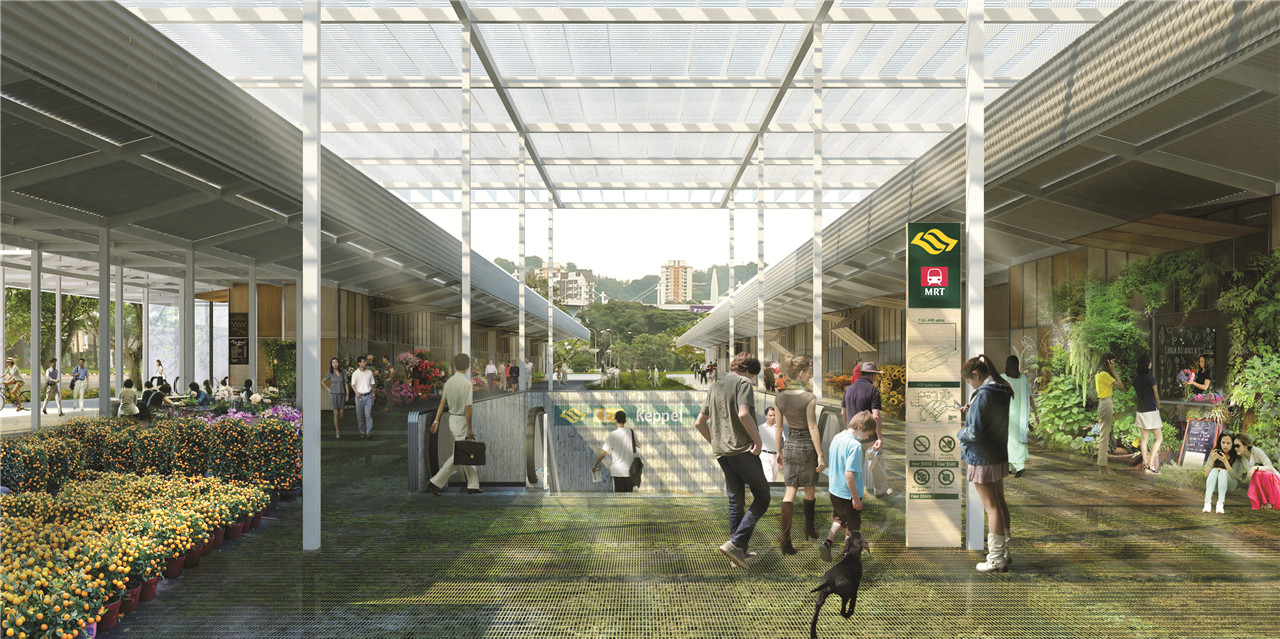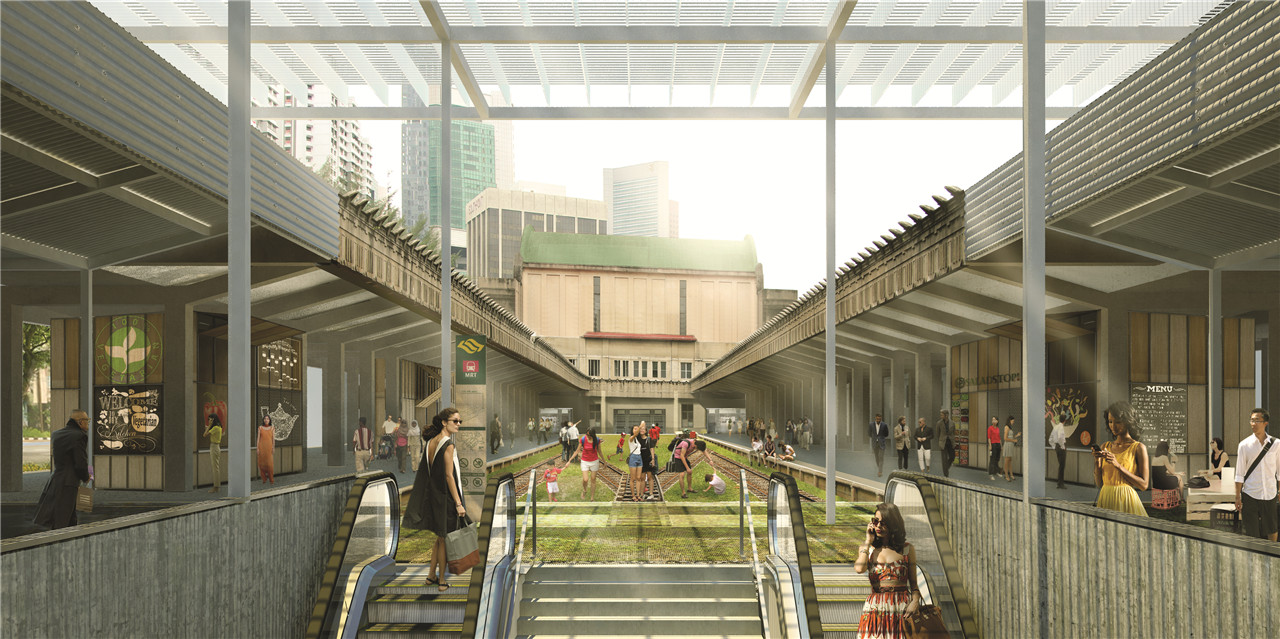Singapore Rail Corridor Landscape
Project Information
- Project Location:
- Singapore
- Project Scale:
- 137 Hectares
- Client:
- Urban Redevelopment Authority of Singapore
- Award List:
- Integrated Housing Precinct at Choa Chu Kang (CCK), Adaptive Reuse of the former Tanjong Pagar Railway Station (TPRS)
Project Profile
1. Project Statement
Singapore has transformed from a small, unknown Asian country into one of the "Four Asian Tigers," creating a development miracle and becoming a world-famous garden city. On the 50th anniversary of its founding, Singapore launched a project to revive the disused railway running through the country. The railway land was handed over to the Singapore government by the Malayan Railway Company in 2011, marking a new chapter in the nation’s independence. Now, the government is creating more connected spaces along the railway to link communities, business districts, nature reserves, and historic sites. The goal is to turn the rail corridor into a unique green pathway and inclusive community space, offering a special experience for Singaporeans.
2. Objective and Challenge
Design Goals
The railway has been part of Singapore’s growth, and it should also help shape its future. The revival plan offers a chance to rethink how Singapore connects the city and nature. Called the "Line of Life," the plan suggests using the corridor as a place to try new ideas, like smart land use, water management, heritage revival, and creative spaces, to explore ways to enhance Singapore's garden city design.
The project aims to create a new kind of space that is different from the usual "fast, serious" city vibe. The idea is to create a "Line of Life" along the railway that offers a continuous path for leisure, a vibrant community space, a green rainforest experience, and a historical journey full of stories.
Design Challenges
- How can the railway, which runs through the whole country, be redesigned to reconnect natural and urban spaces?
- How can the design work with the natural processes of water and wildlife in the tropical rainforest?
- Are there innovative ways to use the land that address the limited space and high population?
- How can the design balance being "for everyone" with being "designed for the local community"?
- How can we protect the authenticity and integrity of the historical heritage?
- How can we provide visitors with a rich and engaging experience?
3. Design Strategy
The "Line of Life" will be an experimental space where city and nature meet. The design uses time as a key element, and it takes inspiration from the structure of tropical rainforests. The goal is to create a space where nature, people, and history come together over time, resulting in a resilient green line, a lively pathway, and a historical storyline.
Space Strategy: Reconnect City and Nature
Transform the railway from a linear path into a network that connects surrounding communities.
Place Character Strategy: Enhance Unique Features
- Let the rainforest manage itself: Turn "gray" areas into water-adapted "green" spaces. Modify existing drainage systems to capture and use rainwater, creating a landscape that changes over time with low maintenance.
- Shared land use: Merge green spaces with buildings, replacing separate areas with integrated structures that mimic the vertical layers of rainforests.
- Seamless connections: Change "exclusive" spaces into "inclusive" ones by designing connections at the railway's edges, bridges, and crossings, turning the corridor into a community link. Add facilities that offer comfortable spaces for relaxation and walking, accommodating the changing tropical weather and supporting leisure activities.
- Heritage respect and cultural revival: Transform isolated heritage sites into self-renewing cultural corridors.
Perception Strategy: Tell the Story of the Corridor
Story corridor: Turn the corridor into a path filled with historical memories and modern stories using interpretive and interactive installations.
4. Conclusion
The "Line of Life" is like a backbone of ecology and culture, creating special sections like "Country Wander," "Rainforest Road," and "Art Track" from south to north. It applies the vertical structure of tropical rainforests to city life, heritage use, and dense residential areas. By focusing on time and using natural changes and interactions, the plan aims to blend people, history, and nature, helping the disused railway corridor become a vibrant part of Singapore's future garden city design.
